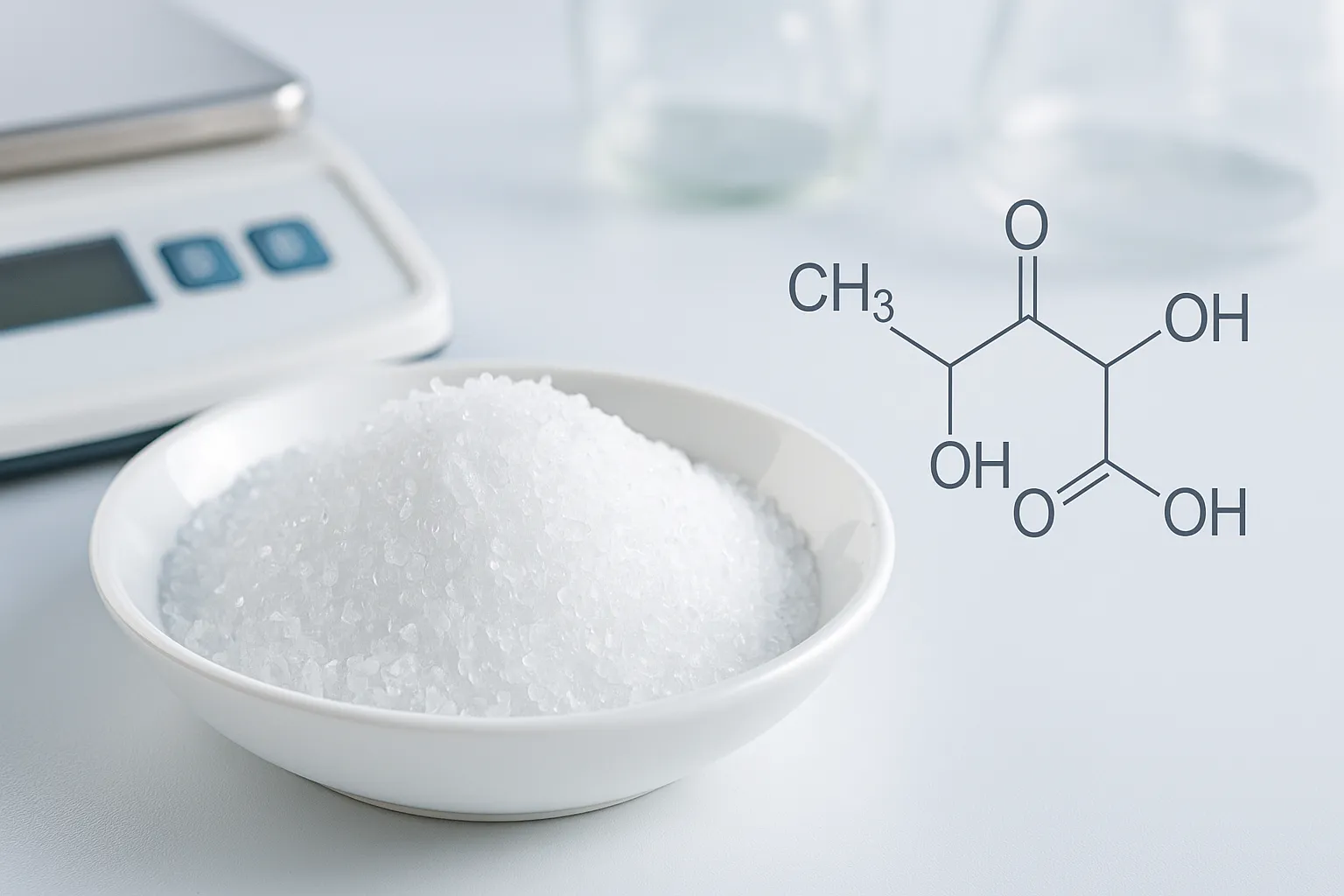Introduction
Citric Acid Monohydrate, commonly labeled as E330, is one of the most widely used acidulants in food, beverage, and pharmaceutical formulations. However, despite its natural origin, citric acid must be handled according to strict safety protocols, which are laid out in the Substance’s SDS (Safety Data Sheet). Understanding the SDS not only ensures workplace safety but also regulatory compliance.
In this article, we delve into the essentials of the Citric Acid Monohydrate SDS, covering everything from hazard identification to emergency measures. Whether you are a procurement officer, QA specialist, or production manager, staying informed about E330 handling protocols is essential for your business.
Moreover, knowing how to read and implement SDS standards also reduces legal and operational risks. According to the Occupational Safety and Health Administration (OSHA), manufacturers must provide access to SDS documentation for every hazardous chemical used on-site.
What is an SDS for Citric Acid Monohydrate?
An SDS (Safety Data Sheet) is a standardized document that details the physical, chemical, and safety-related information for a substance. For Citric Acid Monohydrate, the SDS includes sections on composition, potential hazards, safe handling, disposal, toxicological data, and more.
This document is critical for industries using citric acid in bulk — whether for food processing, pharma tablets, cleaning agents, or cosmetic formulation. While Citric Acid Monohydrate is generally recognized as safe (GRAS), inhalation or prolonged contact with skin or eyes can lead to irritation.
The SDS provides complete visibility into a product's potential impact and offers recommended practices to mitigate health risks. You can view sourcing information and SDS-ready material on our product page here:
Citric Acid Monohydrate – China Origin
Hazard Identification and Safety Symbols
The Citric Acid Monohydrate SDS categorizes the product as an irritant (GHS07), especially in its powdered form. Common hazards include skin and eye irritation, especially when airborne particles are present during processing.
The SDS typically outlines pictograms and hazard codes (such as H319 – Causes serious eye irritation) and precautionary statements like P264 – Wash hands thoroughly after handling. These globally harmonized system (GHS) symbols are essential for labeling and training factory workers.
Manufacturers must place visible safety labels on all citric acid containers and provide staff with PPE (Personal Protective Equipment). Notably, compliance with SDS hazard classifications is a core part of GMP (Good Manufacturing Practice) protocols.
Safe Handling and Storage Guidelines
Citric Acid Monohydrate should be stored in cool, dry, and well-ventilated areas, away from moisture and incompatible substances like oxidizing agents. The SDS recommends tightly sealed packaging and humidity control since citric acid is hygroscopic and can clump or degrade.
When handling, workers should wear gloves, goggles, and dust masks, particularly during transfer or mixing processes. SDS documents also advise the use of local exhaust ventilation to minimize airborne concentration.
The document outlines safe spill procedures as well. For example, in case of small spills, clean using dry methods to avoid creating dust clouds. Larger spills may require HEPA-filtered vacuums and isolation zones to prevent cross-contamination.
First Aid and Emergency Measures
Immediate first aid measures are clearly specified in the SDS. If Citric Acid Monohydrate contacts the eyes, rinse cautiously with water for several minutes. If skin irritation occurs, wash with soap and water. For inhalation, move the affected individual to fresh air and consult medical help if symptoms persist.
These instructions ensure quick response during accidental exposure. Employers must also keep safety stations (like eyewash stations and emergency showers) functional and accessible in facilities using citric acid powder.
For severe reactions or spills involving high volumes, emergency protocols include notifying local health and safety authorities. The SDS also includes emergency contact numbers from the supplier or chemical manufacturer.
Regulatory Compliance for E330 Usage
Citric Acid Monohydrate is regulated by multiple global agencies. In food applications, it must meet purity criteria set by the Codex Alimentarius, FDA (21 CFR 184.1033), and EFSA (E330). SDS data supports regulatory declarations and transport classification under UN guidance.
For instance, if citric acid is being exported or imported in large quantities, SDS documents must accompany the shipment to comply with REACH, OSHA, and HazCom standards. These requirements also apply for B2B transactions in bulk.
Using an SDS-compliant product streamlines audits, certifications, and cross-border operations. Having access to up-to-date SDS documentation also simplifies internal reporting and safety training audits.
Where to Source High-Quality Citric Acid Monohydrate
Choosing a supplier that provides GHS-compliant SDS documentation and reliable supply chain logistics is essential. Look for vendors with ISO certification, batch traceability, and proper packaging options (25kg bags or jumbo sacks).
At Food Additives Asia, we offer Citric Acid Monohydrate sourced directly from certified Chinese manufacturers, with full documentation including SDS, COA, MSDS, and Kosher/Halal certificates. Our global logistics team ensures delivery across Asia, Europe, and the Middle East.
To request the latest SDS version or a product sample, please visit our Contact Page. Our technical team is ready to assist you with your compliance and sourcing needs.
Conclusion
The Citric Acid Monohydrate SDS is more than a compliance document — it’s a foundation for safe, efficient, and legally sound manufacturing. From food production to industrial applications, E330 must be handled with care, supported by informed protocols.
Manufacturers must ensure that all team members are trained on SDS contents and that the facility is equipped with proper safety infrastructure. Additionally, partnering with SDS-compliant suppliers streamlines your operations and safeguards your brand.
Ready to source premium Citric Acid Monohydrate with full SDS support? Visit our product page or get in touch with our team today.


Leave a Comment